Pitawala Pathana: A Hidden Gem in Sri Lanka’s Knuckles Range
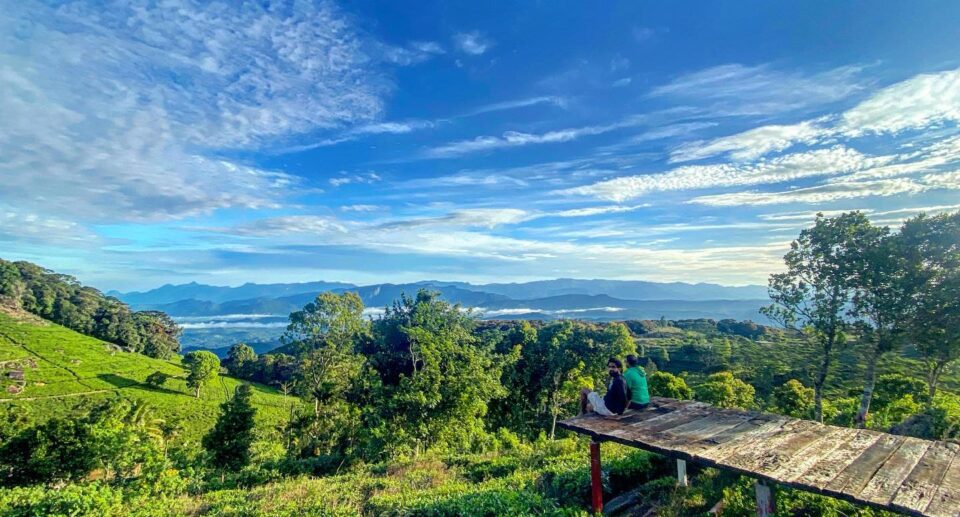
Located in the Knuckles Mountain Range in the central part of Sri Lanka, Pitawala Pathana is a unique montane grassland habitat and one of the country’s most beautiful and ecologically significant landscapes. Located in the Matale District, approximately 31 kilometers from Matale town on the Rattota–Illukkumbura road, Pitawala Pathana is a protected area within the Knuckles Conservation Forest, which has been designated as a UNESCO World Heritage Site. It offers a stunning combination of natural beauty, species diversity, and scientific value, drawing nature lovers, trekkers, conservationists, and ecotourists.
Geographical Features
Pitawala Pathana measures approximately 1,000 acres in area, at an elevation of approximately 1,200 meters (3,937 ft) above sea level. Compared to the thick forests elsewhere in the Knuckles hills, the area here is a wide open grassland, with a superficial soil cover over naked rock slabs. This results in a flat, green field covered with predominantly short grass, not exceeding 10–15 centimeters in height. This poor soil and exposure to wind inhibit the formation of tall trees, and thus create a uniquely open, meadow-like landscape one of the country’s rarest such environments.
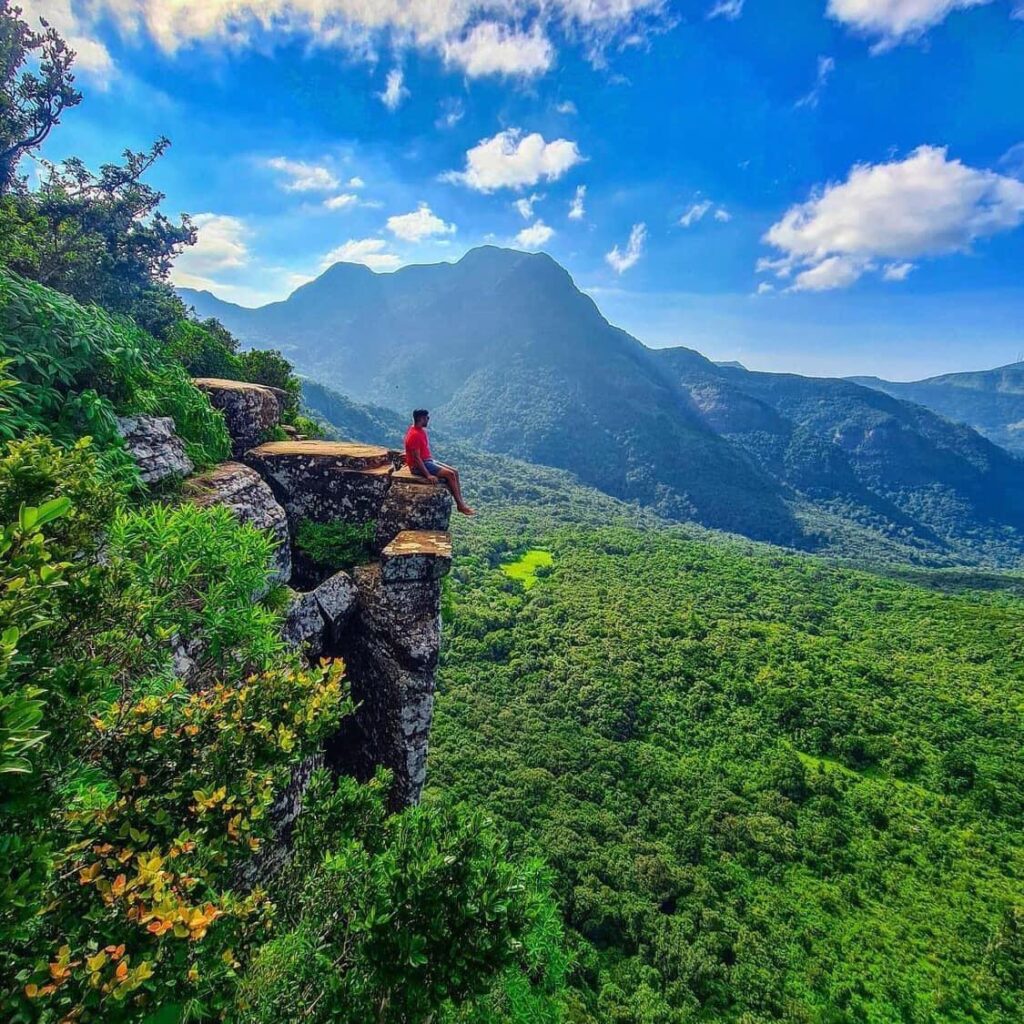
Because of its geological and ecological uniqueness, Pitawala Pathana is often compared to tropical alpine grasslands, albeit at a significantly lower latitude. Its cooler climate, misty dawns, and open horizon create an almost unearthly atmosphere for visitors, especially at sunrise or sunset.
Biodiversity and Endemism
Pitawala Pathana is of exceptional ecological importance due to its endemism and diversity. The grassland supports a large number of endemic plant species, including grasses, herbs, and low-growing shrubs that have developed to accommodate the shallow soil and windy nature of the area. Among the noteworthy species is the Patan Ala, a type of grass that is found exclusively in this area. It contributes to the distinctive green color and texture of the grassland.
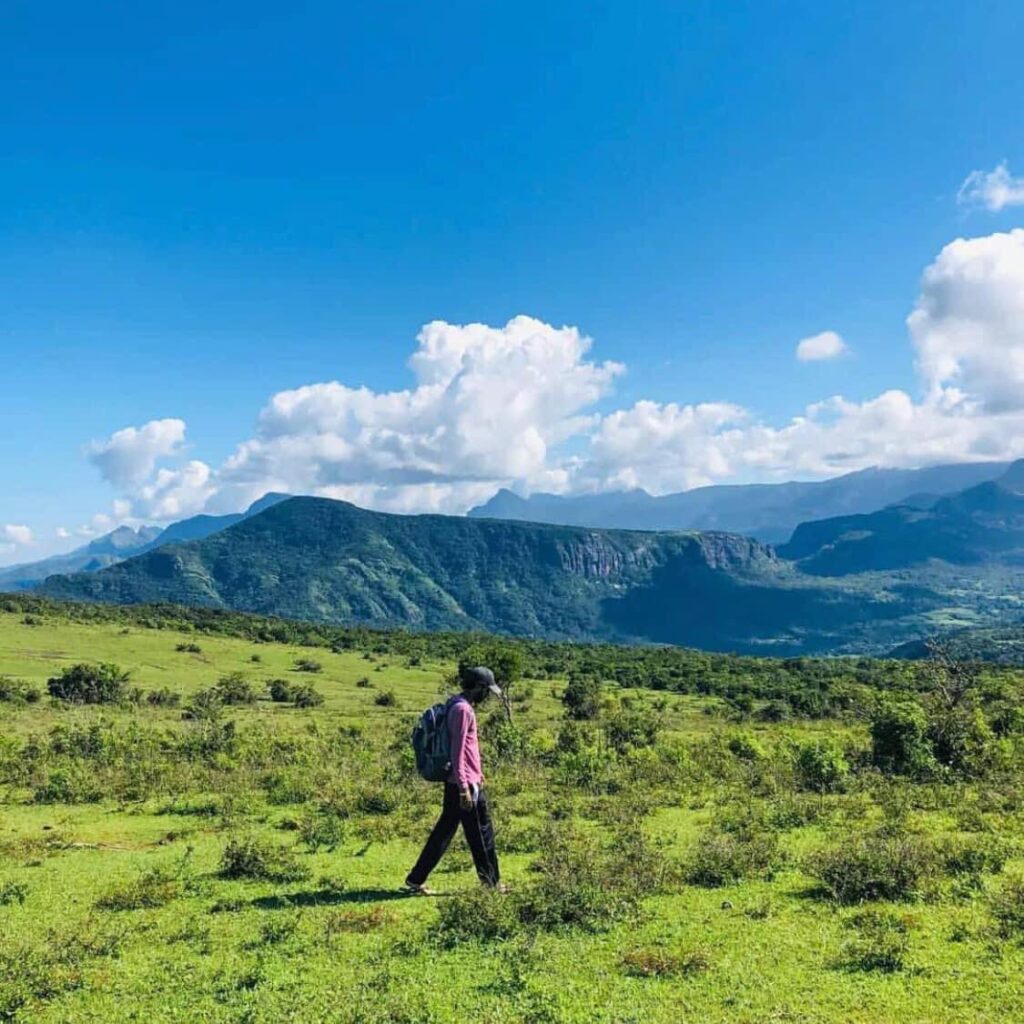
Apart from plant diversity, Pitawala Pathana has a variety of wildlife, including amphibians, reptiles, insects, and birds. Among the animals that live in this area is Kirtisinghe’s Rock Frog (Nannophrys marmorata), an endangered, small rock frog indigenous to the Knuckles Range. The frog lives in the shaded, moist crevices of the rocky plateau. The Rhino-horned Lizard (Ceratophora stoddartii), an endangered lizard, can be seen basking on rocks. The area is also a home for a variety of butterflies and small mammals, and it is an area of importance with regards to ecological study and conservation activities.
That so high biodiversity occurs within such a confined space underlines the ecological importance of Pitawala Pathana and the reasons why its unique habitat needs to be preserved.
Mini World’s End
One of the most popular places in Pitawala Pathana is the Mini World’s End, a cliff edge with stunning views over the surrounding hills, valleys, and forests. Although not as elevated as World’s End at Horton Plains, this escarpment drops almost 300 meters straight down and provides a wide viewpoint that extends over the Knuckles foothills and even to the plains of the Mahaweli River basin on a clear day.
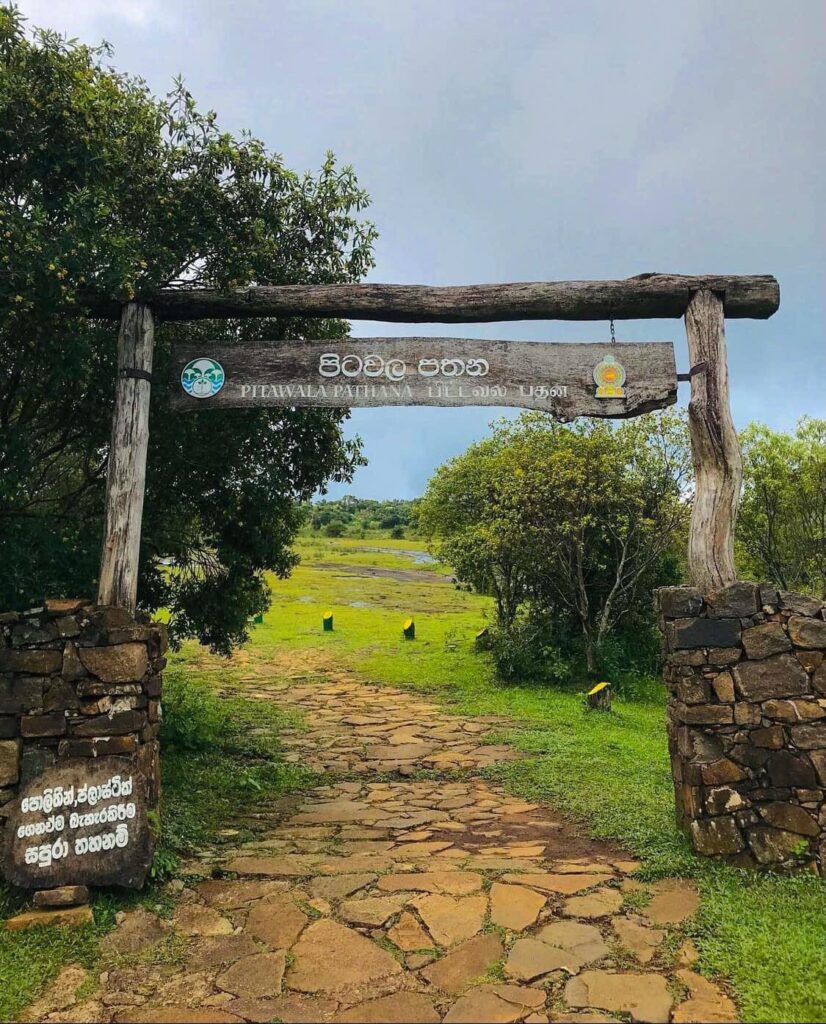
In order to reach the Mini World’s End, travelers must hike a 750-meter nature trail across the grassland. The path is simple and well-paved, so amateur hikers can make use of it. The walk to the lookout is as stunning as the sight itself, with many opportunities to see the plants and animals along the way.
Eco-Tourism and Recreation
Pitawala Pathana has proven to be a favorite destination of eco-tourists, nature lovers, and photographers. Moderate to easy walking paths are available in the area, and the open terrain of the area is ideal for individuals who love to walk instead of strenuous hikes. The soft slopes, refreshing winds, and open landscape make it an excellent place for family holidays, school trips, and ecological research.
The grassland is also a photographer’s paradise, especially for landscape and macro photography. Misty dawns, sunsets of every color, and panoramic views provide ample photography opportunities. Birdwatchers also throng to spot both migratory and indigenous bird species that flock to the region.
Though there is some camping permitted in neighbouring areas with permission, it is discouraged in Pitawala Pathana itself due to its ecological sensitivity. Tourists are asked to leave no trace and be responsible tourists to minimize their environmental footprint.
Access and Facilities
Pitawala Pathana comes under the Riverston area, which belongs to the Knuckles Mountain Range. The destination can be reached from Matale town via the Rattota–Riverston road. Both public and private vehicles are available, but there is a steep and winding part of the road in some areas, so going in a 4WD or a good vehicle is advisable.
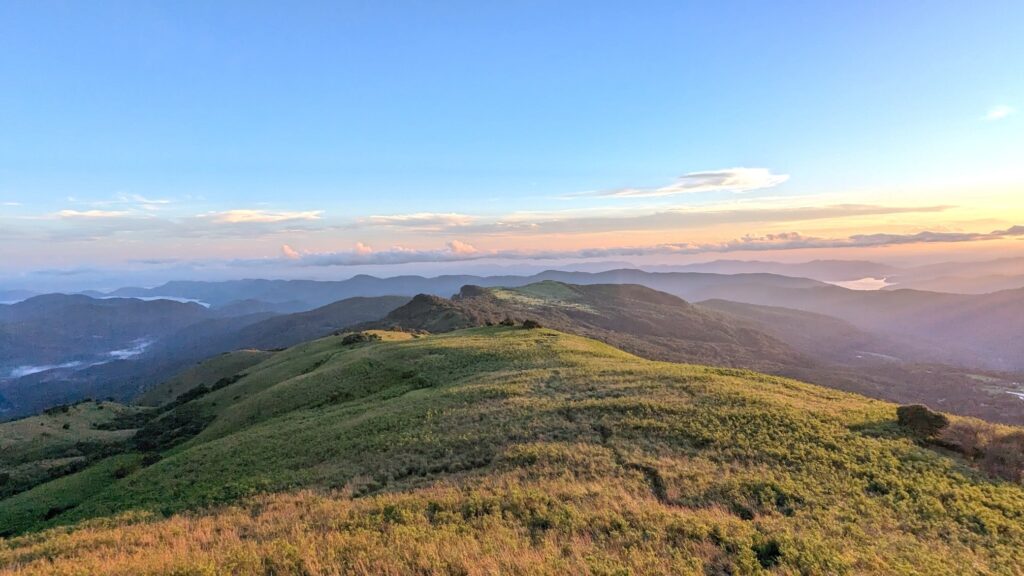
Basic amenities such as toilets, a small cafeteria, and information panels are made available near the trail head. Local guides may be available to offer information regarding the biodiversity and significance of the area. Entry fees are affordable and go towards conservation efforts. Locals reportedly pay around 25 LKR, while foreigners are charged a bit more.
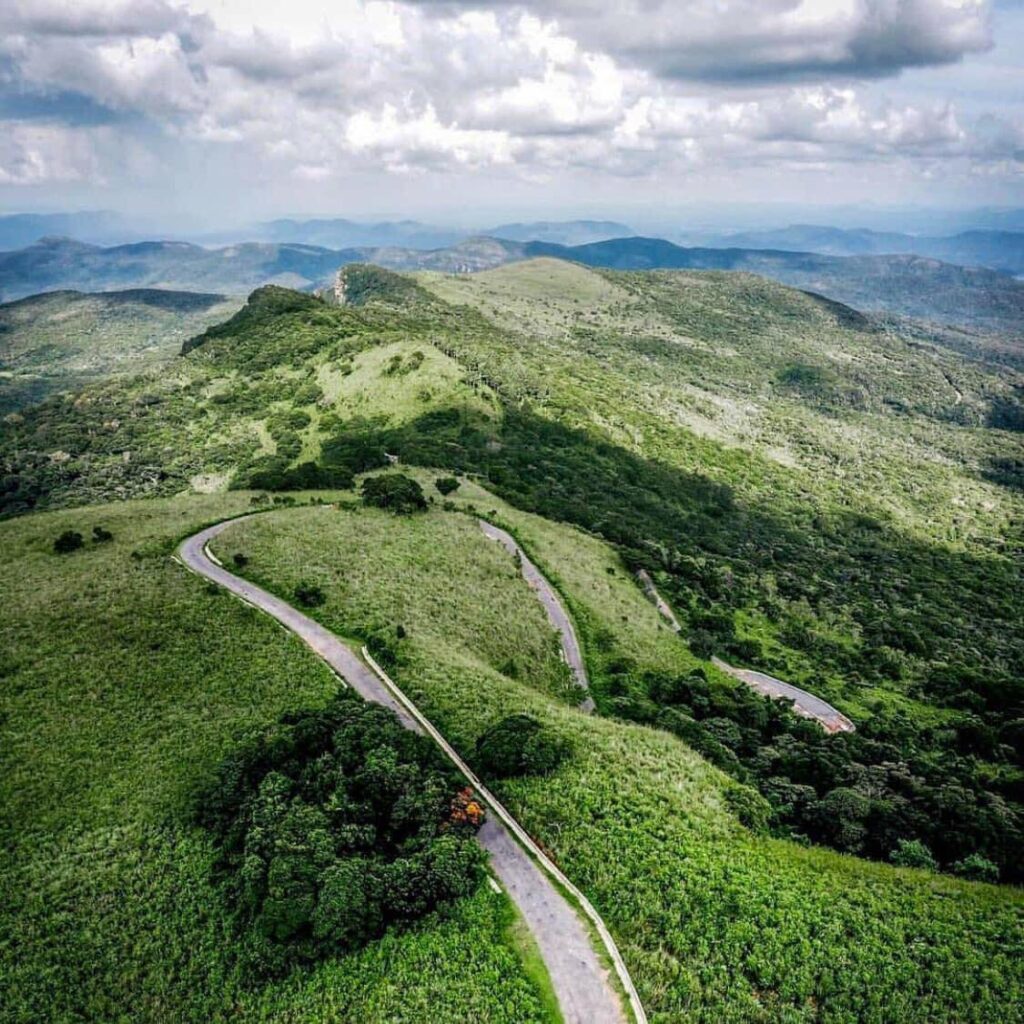
Climate and Best Time to Visit
Pitawala Pathana is temperate and cool throughout the year, but the best season to go there is from January to March when it is dry season. The weather is clearer, and the trails are drier with improved visibility and safer conditions for hiking. The rainy season, typically between October and December, is characterized by showers and fog, which obscure the views and cause the trails to become slippery.
Though year-round picturesque, travelers are advised to check the weather first and dress in accordance and put on good footwear due to the terrain and sudden rain showers occasionally.
Conservation Significance
Being a constituent of the Knuckles Conservation Forest, Pitawala Pathana is governed by the environmental law of Sri Lanka. It is managed by the Forest Department of Sri Lanka, and ecologists have also noted the location’s climatic function in regulation, catchment of water, and preservation of endemic species.
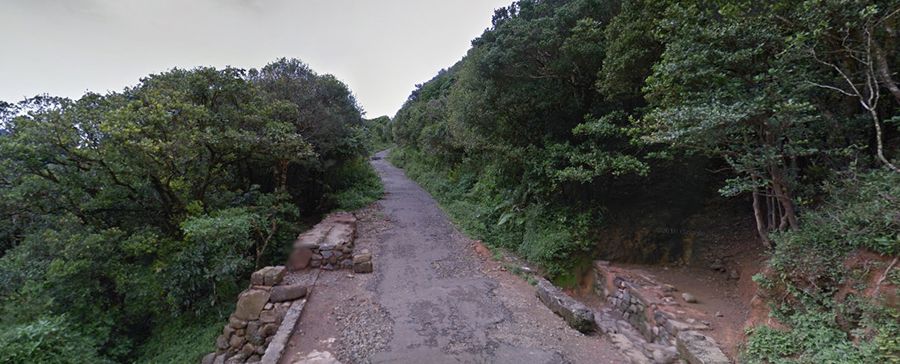
Due to its sensitive ecosystem, tourism is strictly controlled. Off-trail hiking, plant collection, and littering are not allowed. The objective is to maintain a balance between public use of the area and its long-term conservation. Schools, universities, and environmental bodies often conduct field studies in Pitawala Pathana, further establishing its function as a living laboratory for ecological and climate studies.
Contact Information
Address: M D P Dharmapriya, Attanwela post, Attanwela. ILLUKKUBURA, 24000, Sri Lanka
Phone: 076 892 8684
Opening Hours – 8:00 AM to 6:00 PM.
Entry Fees: Locals pay a small fee of 25 LKR, but entry fees for visitors can be different.
Facilities: There is a canteen and toilets located near the entrance.
Best Time to Travel: From January to March is the most preferable time when weather is reasonably dry, and paths are simpler to reach.
Map of Pitawala Pathana, Riverston
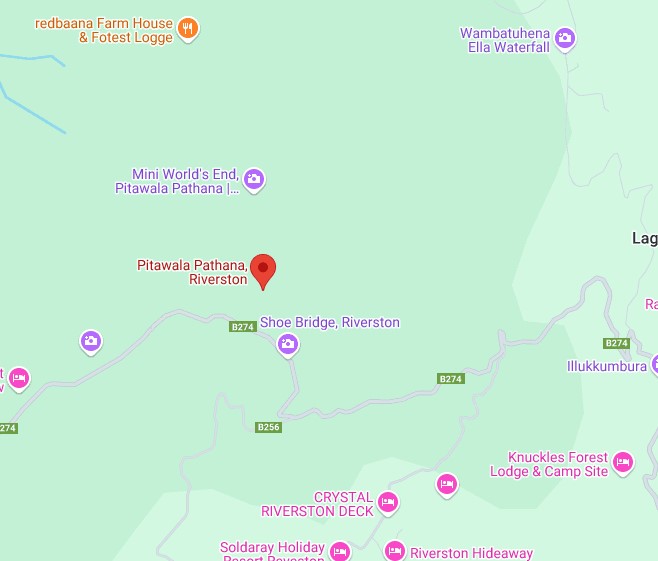

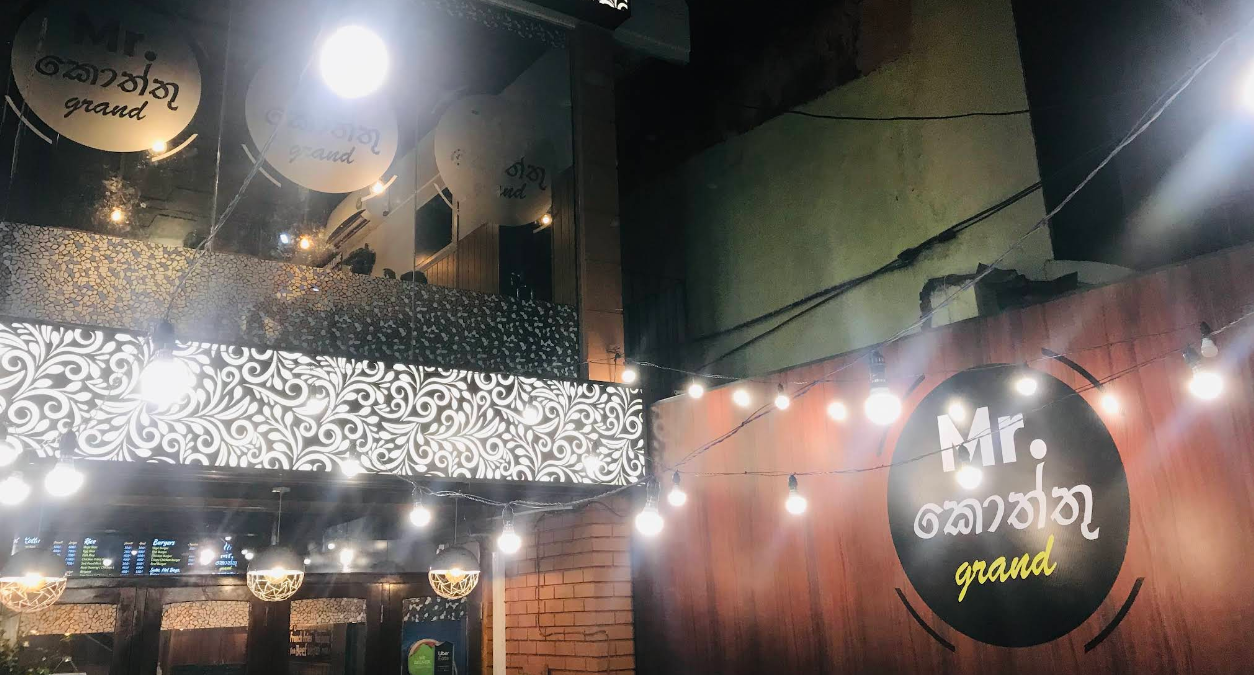

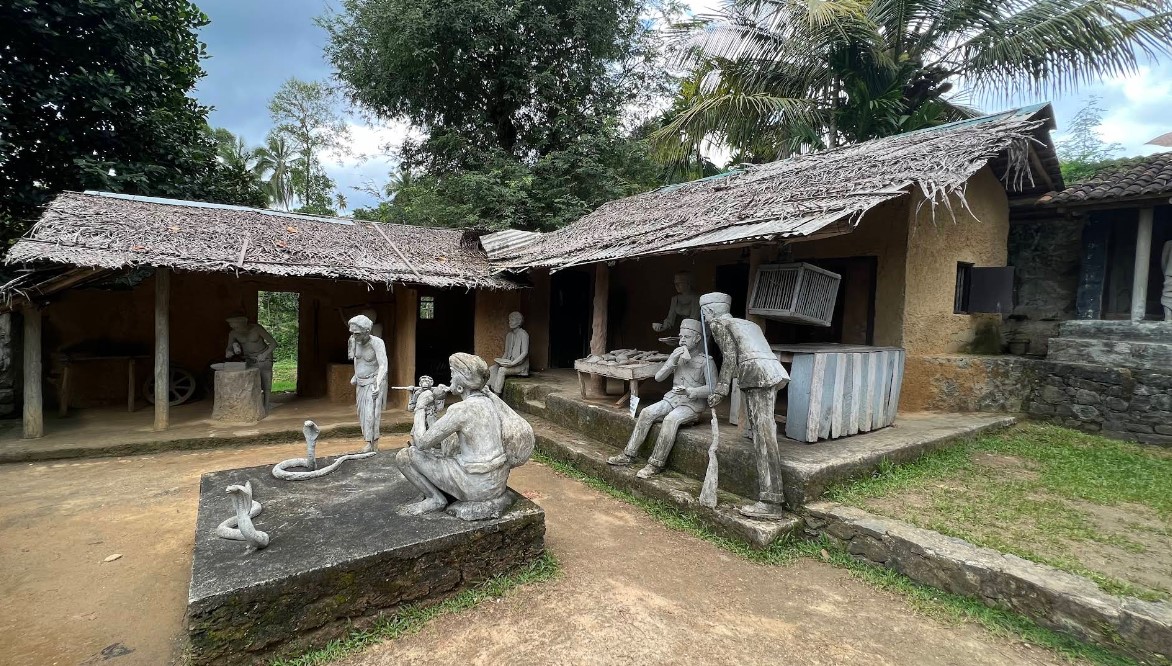
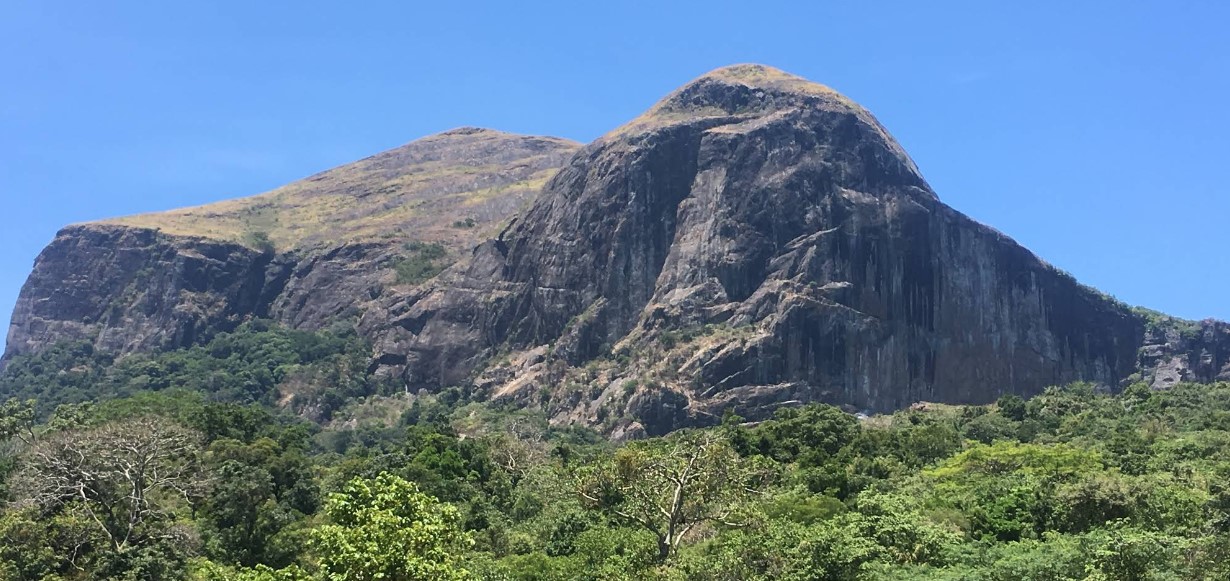
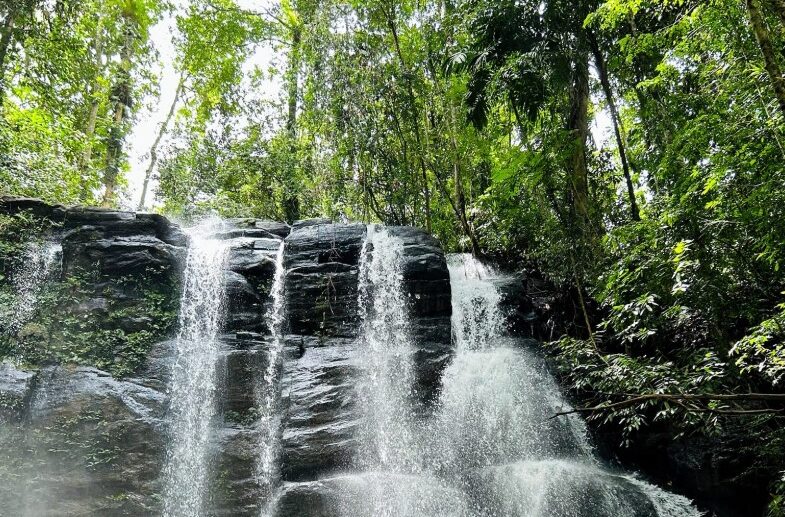
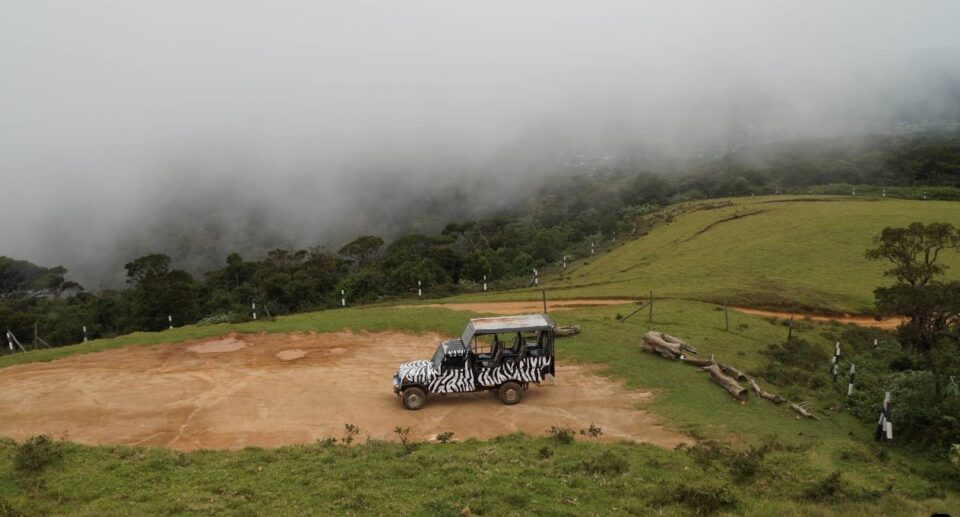
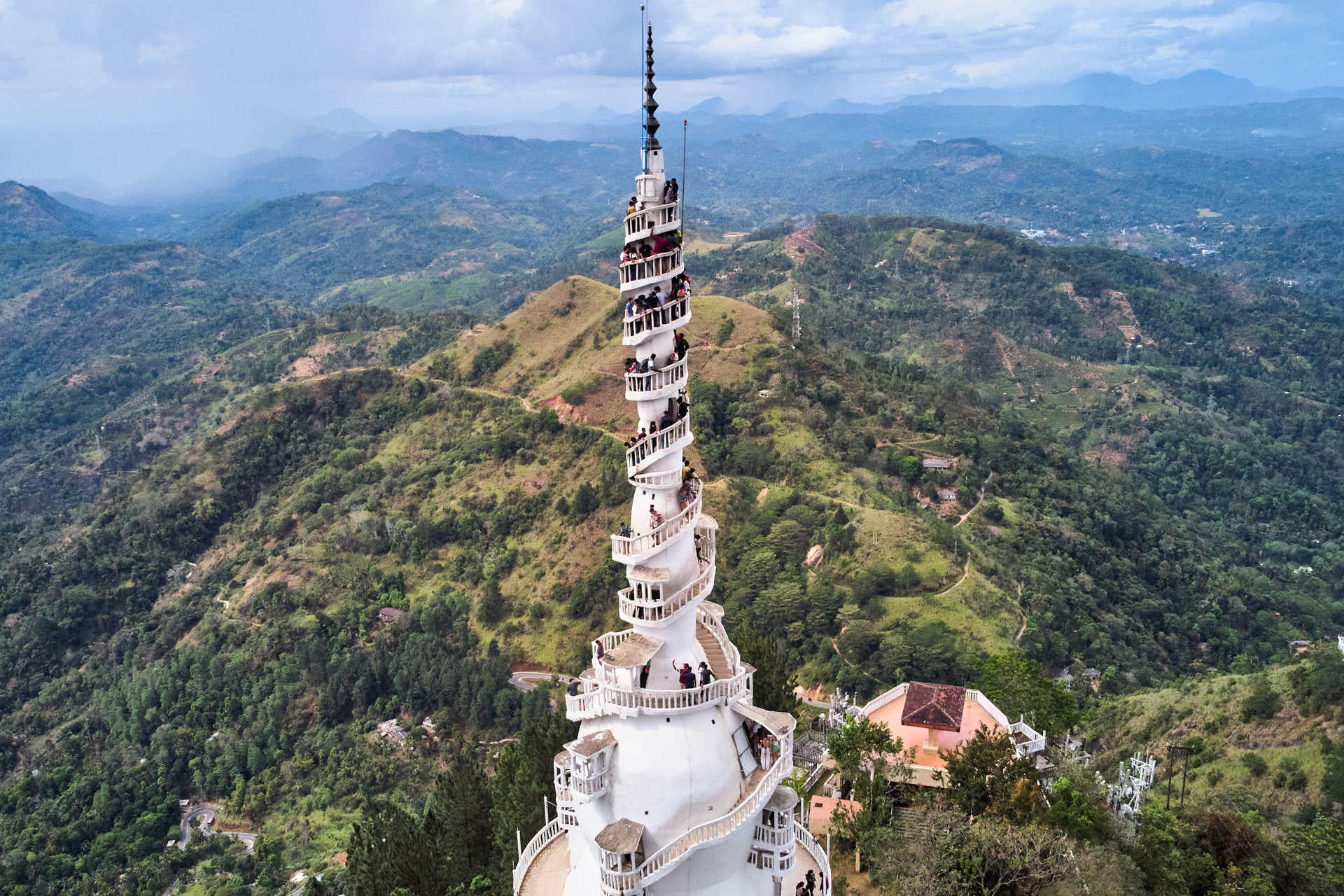
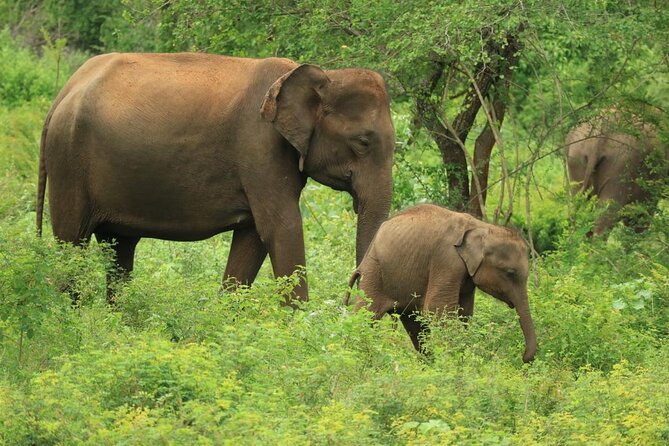
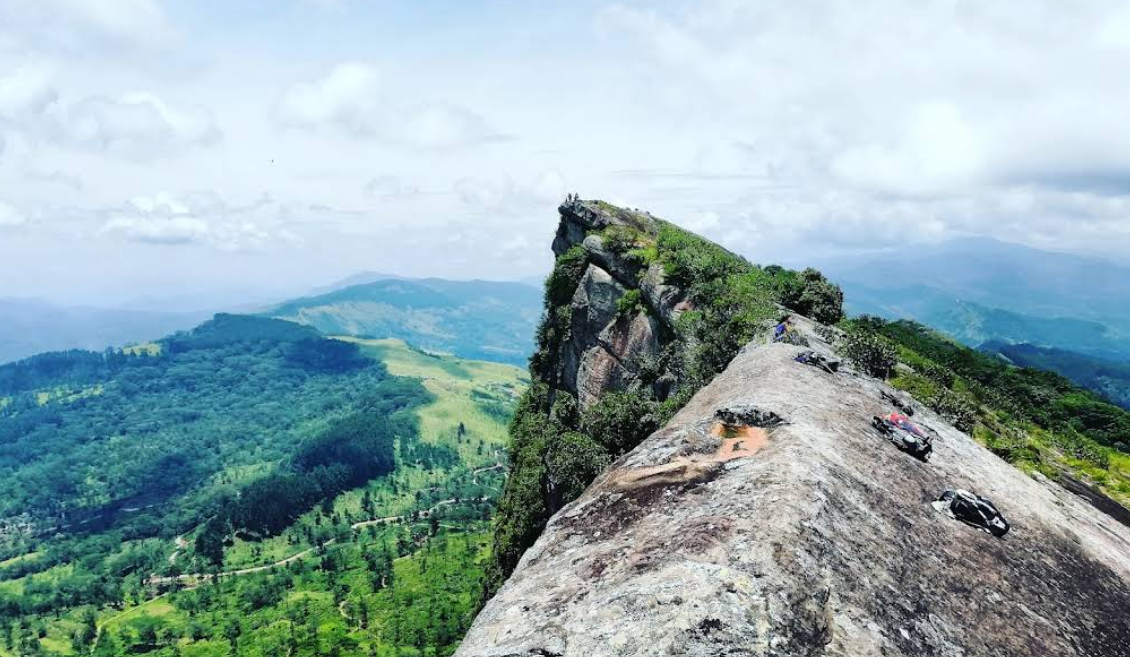
2 Comments
That is the suitable blog for anybody who wants to seek out out about this topic. You notice so much its nearly hard to argue with you (not that I really would need…HaHa). You undoubtedly put a brand new spin on a topic thats been written about for years. Great stuff, just great!
as soon as I found this web site I went on reddit to share some of the love with them.